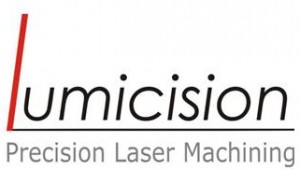When it’s close to the end of each semester, rushing to meet deadlines, students quickly move up on the list of our customers. So we’re quite familiar with the last minute pressure of delivering your projects and more than happy to step in and take on the stress.
Even though many areas of study require projects or crafts that can be done through lasers, usually most of the traffic belongs to arts, architecture or civil engineering students. As we are once again, close to the end of a semester, we thought it’s a perfect time to share some tips for you students out there. If you keep these points in mind when designing, you’re a lot more likely to get what you have in mind.
Preparing your designs for laser cutting and engraving:
Let’s talk about material. Common choices are 3, 4 and 6mm MDF/plywood/plexiglass. This is yours to decide. Thinner material can be cut faster and as a result will lower your expenses, but of course, thicker material can bear more weight if you’re interested in that.
Sometimes, you might start your project off from a template or a previous design. In that case, some of your lines or shapes may be more than one layer. Try to check your work and make sure each line is only one layer and not 2-3 lines overlapping. If you have overlapping lines, when engraving, that section will be engraved more than once, resulting in an inconsistency regarding the thickness of your lines and overall design. Apart from that, the laser time for such cases would also increase.
Another common issue that may happen is unclosed shapes, especially in detailed designs. If you zoom in enough, you may see that some shapes that are to be cut out or engraved are not closed. Either the closing line was not drawn or the two ending nodes are not close enough. A shape intended to be cut out may have to be re cut since the previous one could not be separated from the sheet. You’ll have to use extra material and also wait longer.
And last but certainly not the least is how thin or detailed you can design your models. It is true that lasers can cut very precisely, however, you need to consider the fact that your material is actually being burned. This means if you design a 0.5mm thick shape to be cut out. You will barely be left with anything to work with so consider around 0.2mm to burn off. The same issue will happen when engraving details. If your letters, signs, marks, etc. are too small or close to each other, they may blend into one another and not turn out the way you wanted.
You’re more than welcome to send in your designs before coming in to our [email protected] email and we’ll let you know if there are any changes you can make to get better results. A .dxf format is always the best format for us. Including a .pdf file is even better so we can compare the two and make sure they look the same.
We hope this information helps and if you have any other questions or concerns, feel free to give us a call. We look forward to helping out and wish you luck.
